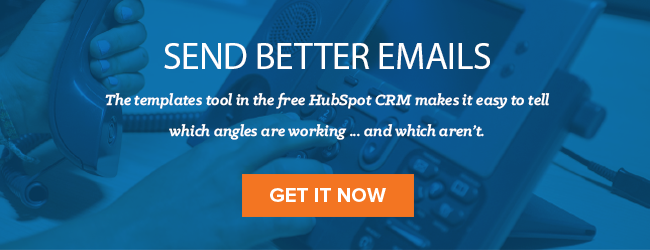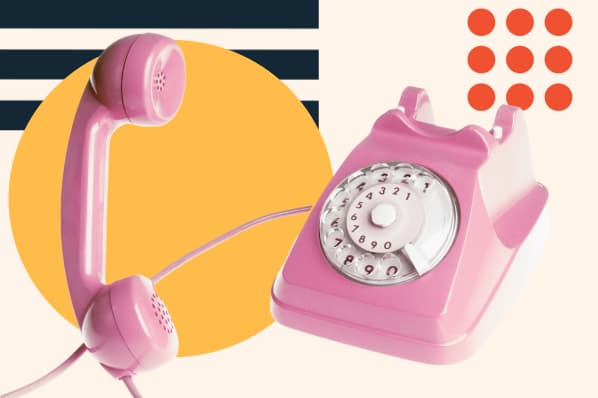Working with your prospect during the sales process makes you far likelier to ultimately close.
Not only will they feel more invested in the deal after they’ve done some work, they’ll also feel beholden to you -- after all, you’re their partner.

In addition, the results of your collaboration (whether that’s a sales plan, a personalized demo, a marketing strategy, or an implementation program) will help you win internal support. Imagine a buying committee choosing between three products. Two of the vendors gave straightforward presentations, while the third showed up with a presentation that used the company’s real data and quarterly objectives. You can imagine which pitch will be the most compelling.
Lastly, the more familiar your prospect becomes with your product, the less work she’ll have to do after she buys it. That means less risk and a greater sense of security.
Use these four strategies to turn your prospect into your collaborator.
Option #1: Create a Deal Plan
If the buyer has never made a purchase like this before, a deal plan is an invaluable resource. It combines your experience selling the product with their knowledge of their organization.
Together, map out the remainder of the sales cycle. Which stakeholders should be involved? What are those stakeholders’ goals, and how does your solution fit into their goals? Do any big obstacles stand in the way of this deal? If so, how can you navigate around them?
Depending on the product, your plan may also need to encompass delivery and/or implementation. Figure out the various steps you’d take if the buyer ends up committing. Will Legal need to review the deal? Is there a Procurement department responsible for negotiating the actual terms? How long will it take your prospect to transfer their existing data to your system, train their employees, and so on?
Option #2: Customize the Product
When possible, customize your product with your prospect. If you sell software, integrate their company name, brand colors, and logo into your demo -- or even use their data to show how the product would look after they bought it.
Reps who sell physical products can create customized samples. Maybe you work for an office supplies vendor: You and your prospect could design the types of notebooks they’d order, then you could bring one to your meeting.
Even if making a tangible sample is impossible or prohibitively expensive, it can be impactful simply to show the buyer a virtual representation of what their customized product would look like.
It’s hard to overstate how powerful these visuals are. Your prospect won’t have to imagine what life with your product would be like: They’ll be able to see and/or touch it.
Option #3: Craft a Marketing or PR Strategy
Help the buyer develop a post-purchase strategy for marketing their improved services, processes, or offering. Depending on your product and their needs, their audience might be their own employees, their supervisors, or their customers.
For example, if you sell exercise equipment to hotels, you and your prospect could work on a campaign aimed at health-conscious travelers. This plan doesn’t need to be in-depth to be effective. With a slogan or call-to-action, a few social media concepts, and some suggestions for where to advertise the upgraded fitness facilities, the buyer can visualize how they’d roll this change out. They’ll also have something concrete to show the other stakeholders.
This strategy also works if your end users or customers work at your prospect’s company. Perhaps you offer sales training and coaching programs. Together, you and the buyer could write a plan for getting their salespeople excited for training and ensuring the front-line sales managers will reinforce the lessons.
If your product will primarily affect your prospect’s day-to-day, write a plan for how they’ll use it to succeed professionally. To give you an idea, suppose you sell freelance graphic design packages to marketing managers. You could scope out how your prospect could use your services every quarter to create incredible blog posts that’ll help him exceed his traffic goals.
Option #4: Make an Implementation Plan
Some products are trickier to get up and running than others. For example, if you sell a mission-critical tool, your customer will need to make the transition from their current solution to yours as quickly and seamlessly as possible. They’ll also need to adapt their other tools, train their employees, and transfer their data.
Make this task less intimidating by helping them map out the process. Give them suggestions on how long each stage will take -- for example, maybe it typically takes customers three days to show their teams how to use the new tool and one day to customize it to their specific processes.
You can also share best practices. Perhaps you’ve found customers who adopt the product in stages rather than all at once tend to be more successful. With this in mind, suggest a multi-week implementation.
By the time you reach the negotiation stage, you and your prospect should feel like partners. Buying your product will feel like the natural next step.










